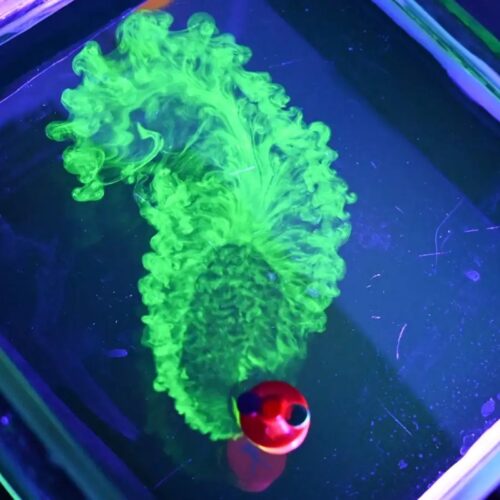Ten cool science stories we almost missed
There is rarely time to write about every cool science paper that comes our way; many worthy candidates sadly fall through the cracks over the course of the year. But as 2024 comes to a close, we've gathered ten of our favorite such papers at the intersection of science and culture as a special treat, covering a broad range of topics: from reenacting Bronze Age spear combat and applying network theory to the music of Johann Sebastian Bach, to Spider-Man inspired web-slinging tech and a mathematical connection between a turbulent phase transition and your morning cup of coffee. Enjoy!
Reenacting Bronze Age spear combat
The European Bronze Age saw the rise of institutionalized warfare, evidenced by the many spearheads and similar weaponry archaeologists have unearthed. But how might these artifacts be used in actual combat? Dutch researchers decided to find out by constructing replicas of Bronze Age shields and spears and using them in realistic combat scenarios. They described their findings in an October paper published in the Journal of Archaeological Science.
There have been a couple of prior experimental studies on bronze spears, but per Valerio Gentile (now at the University of Gottingen) and coauthors, practical research to date has been quite narrow in scope, focusing on throwing weapons against static shields. Coauthors C.J. van Dijk of the National Military Museum in the Netherlands and independent researcher O. Ter Mors each had more than a decade of experience teaching traditional martial arts, specializing in medieval polearms and one-handed weapons. So they were ideal candidates for testing the replica spears and shields.


© APS/Carin Cain

